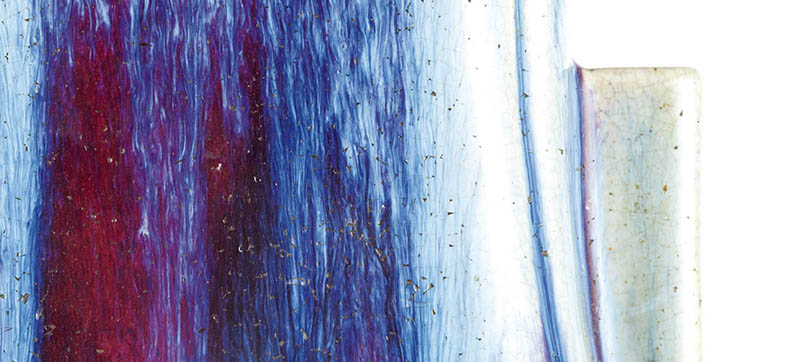Immortal modernity – this is what makes Chinese art so fascinating and transversal in terms of contemporary collecting tastes. Knowing the very essence of a culture where impact and colour are parts of a greater whole that is ever-aspiring towards an eternal notion of equilibrium it is forever easier to understand that absolute essentiality of artists like Burri, Rothko and Klein. All of this is to be found in a sophisticated vase that belonged to a Major in the Royal Italian Army and who lived and fought in China until 1903. It is marked and of the period Qianlong (1736-1795), the fourth emperor in the Qing dynasty (1644-1911). It is already known that Qianlong was a very popular emperor, a prolific poet, a collector of porcelain, a promoter of art in all its varied forms and an advocate of all forms of contact with western artists and cultural exchanges.
One of his most significant commissions was most certainly the catalogue of all the most important works in Chinese culture, the Siku Quanshu. Produced in 36,000 volumes, it contained approximately 3,450 complete works, realised by almost 15,000 scribes. To complete the whole work around twenty long years were necessary.
The “fanghu” shape of this vase was of archaic inspiration whilst the glaze technique “flambe” had its origins in the period of the Song (960-1279) Dynasty and was thereafter perfected in the course of the centuries. Compared to the stereotype of the exotic, whimsical and imaginary “chinoiserie” of the Eighteenth century this particular work is pure and highly essential in both form and colour and was realised with the most masterful techniques that conceded absolutely nothing to the merely superfluous.

